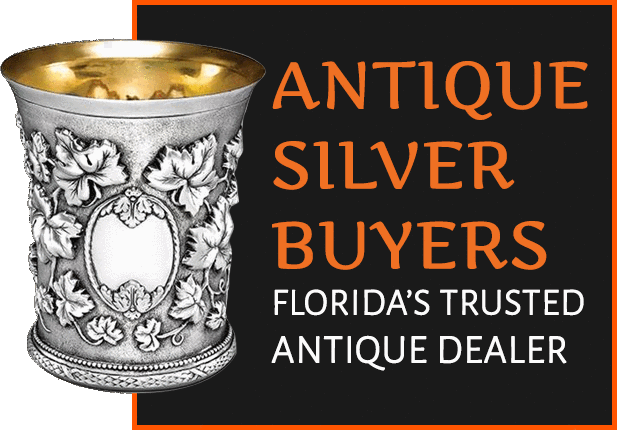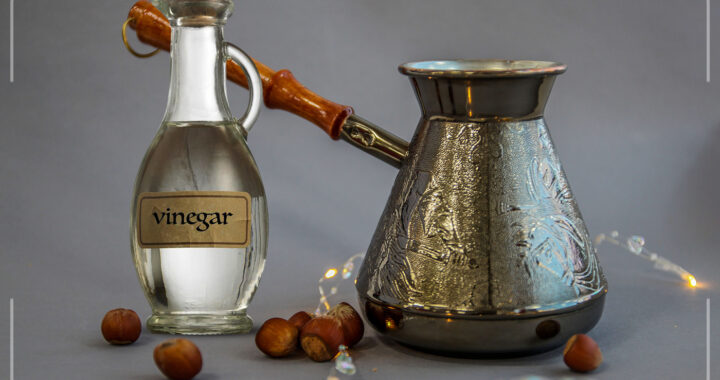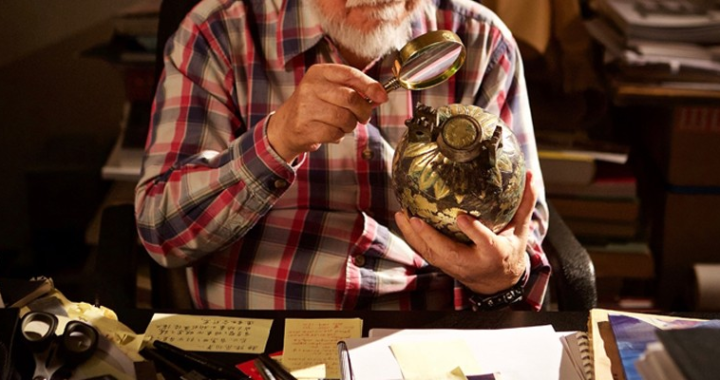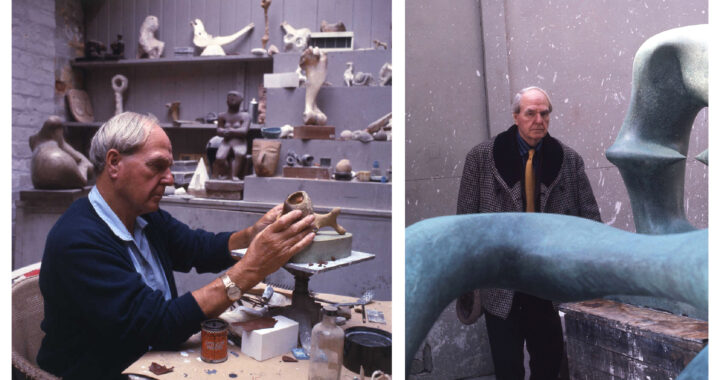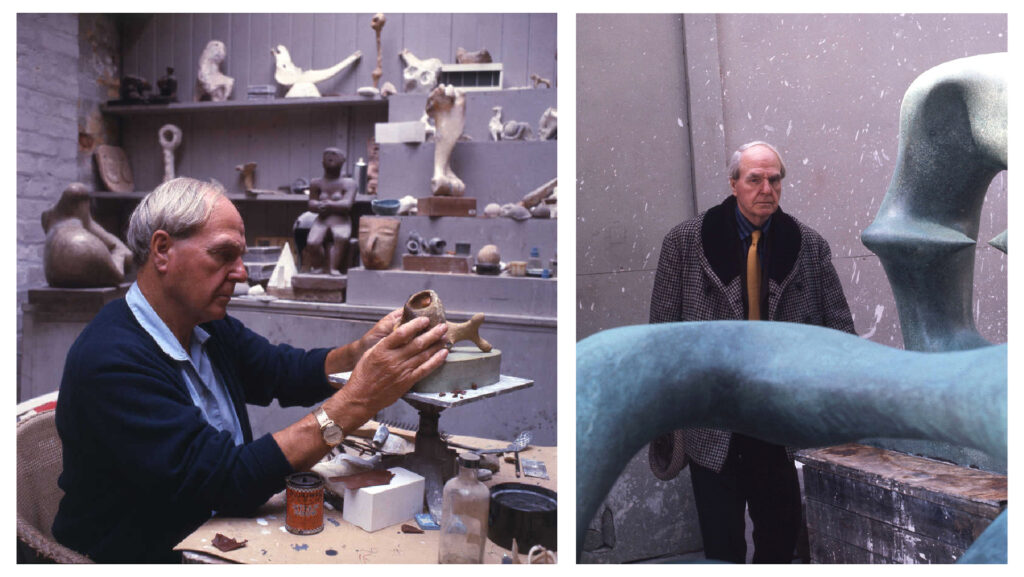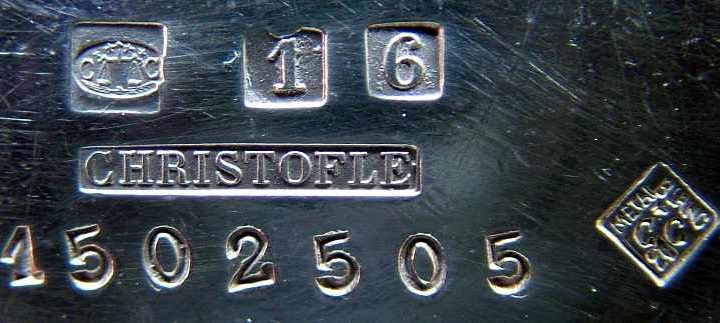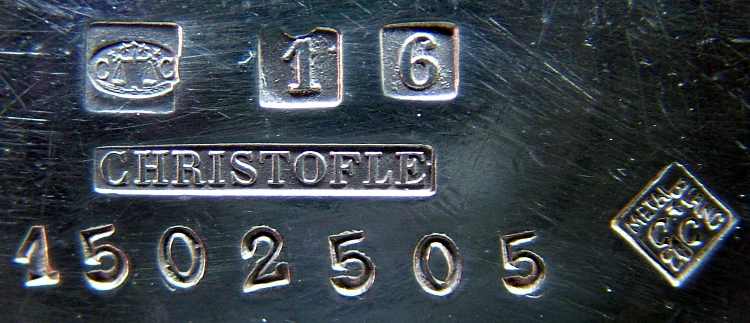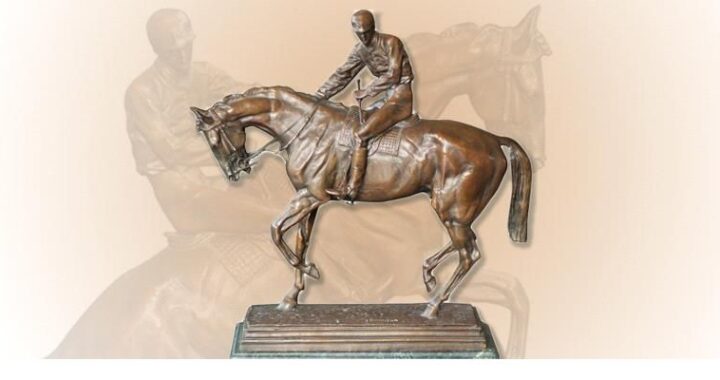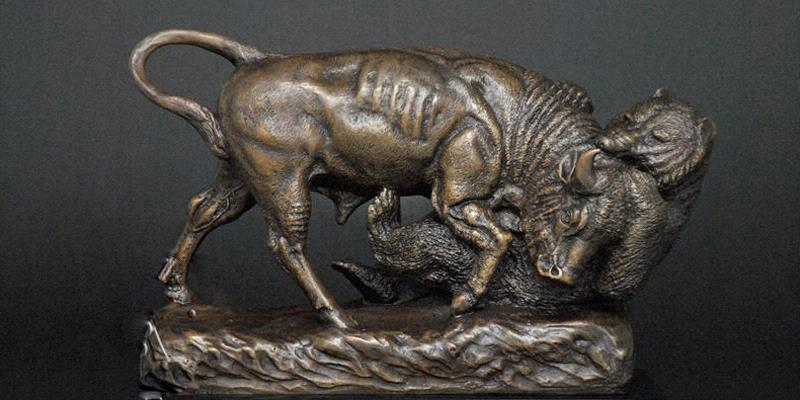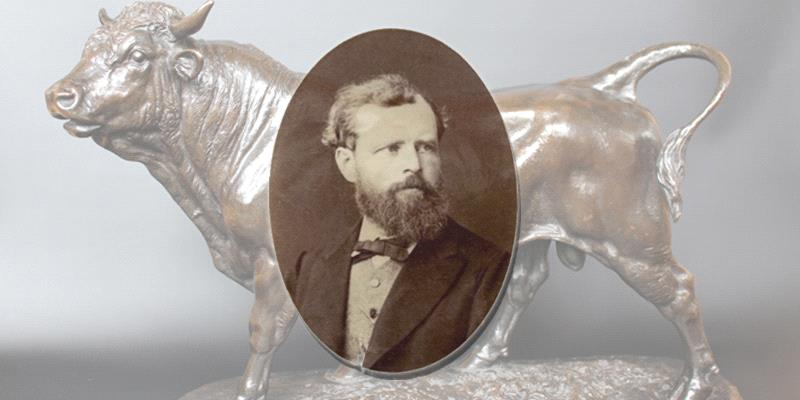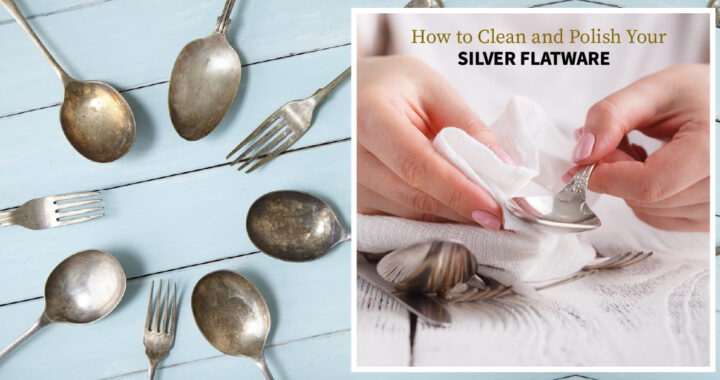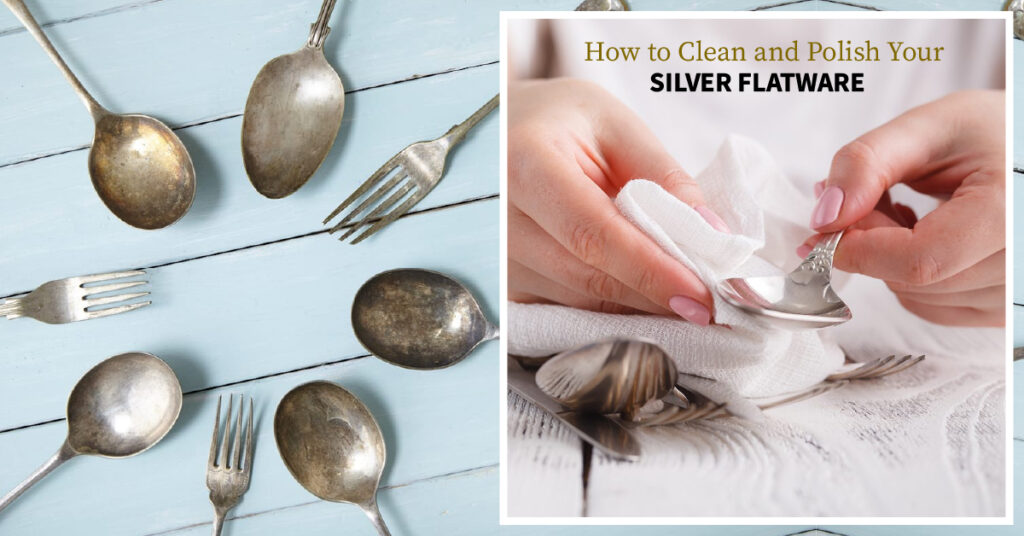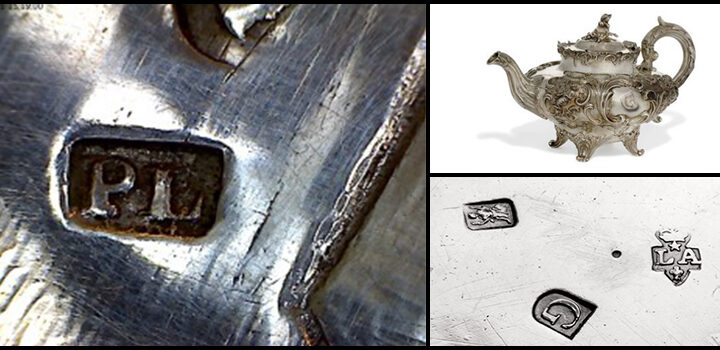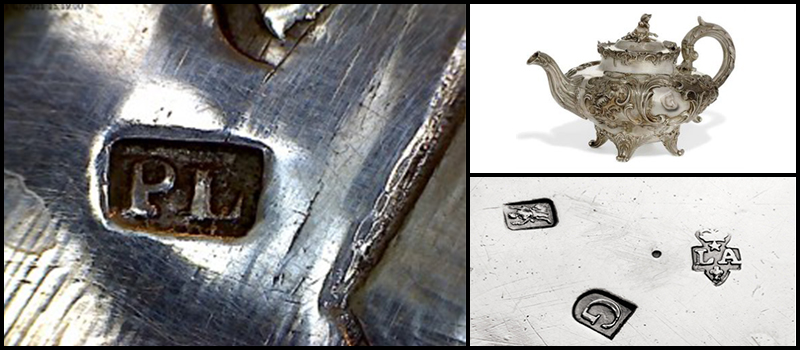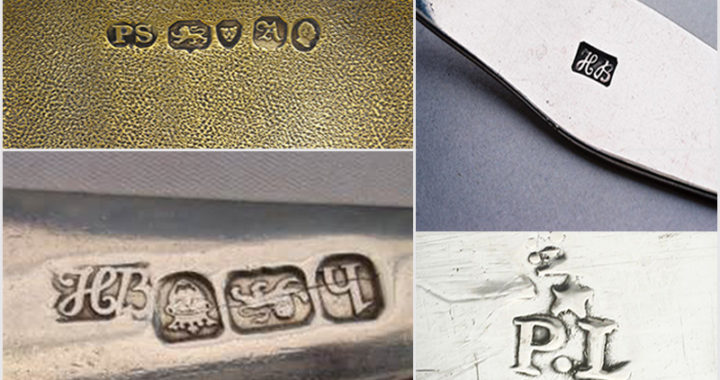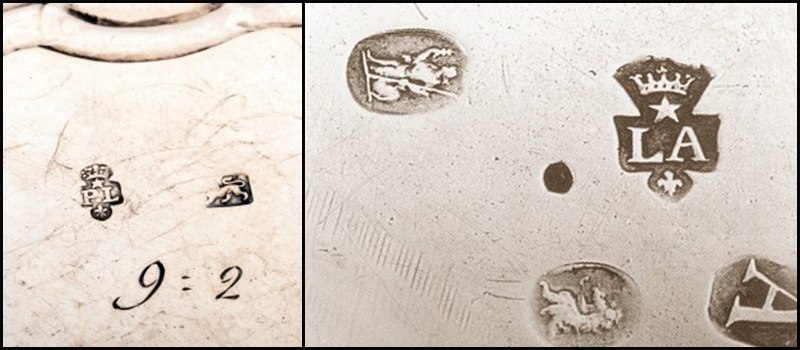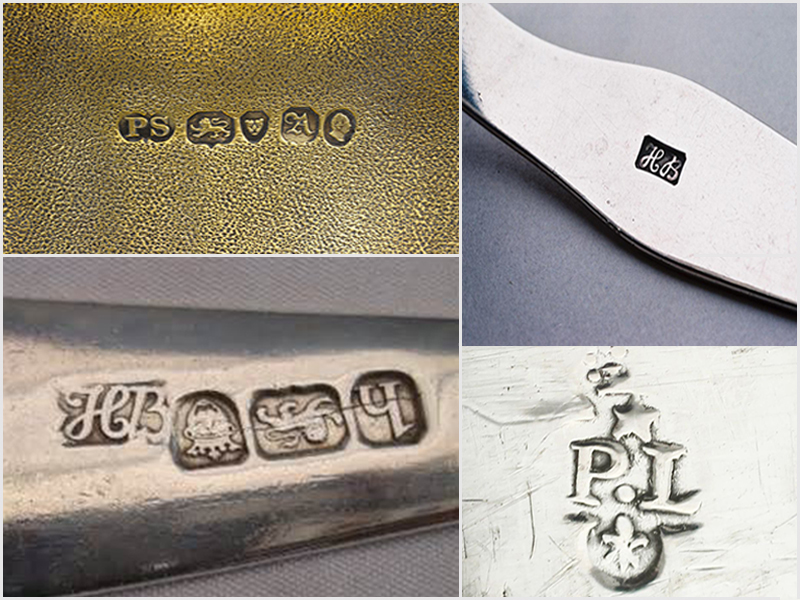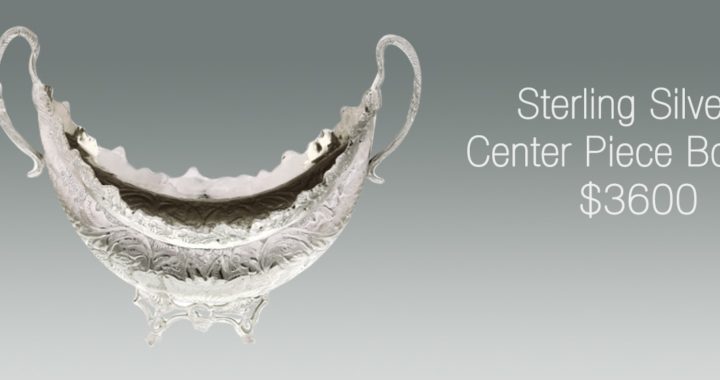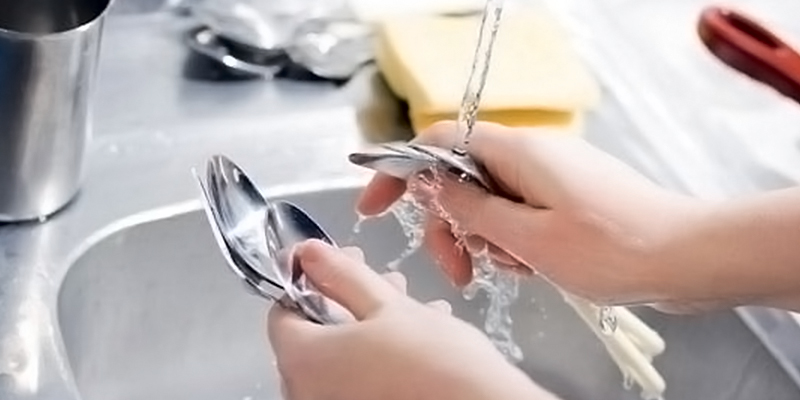5 Tips: How to clean heavily tarnished silverware at at Home
Silver is considered a precious metal for a reason. The gleaming, reflective quality of polished silver is unique among metals. It has been used for a variety of high-quality items throughout history. Everything from jewelry to coins to candelabras to elegant tableware to picture frames. It is likely that your family has some silver heirlooms. There is just one catch, silver is terribly prone to tarnishing. The beauty of sterling silver is only surpassed by the amount of effort it can take to keep it shining. If you have sterling silver, you are probably wondering how to clean silver items at home. In the article we will explore the 5 best-known at home methods for cleaning your silver.
#1 – How to clean antique silver with a lemon and salt bath?
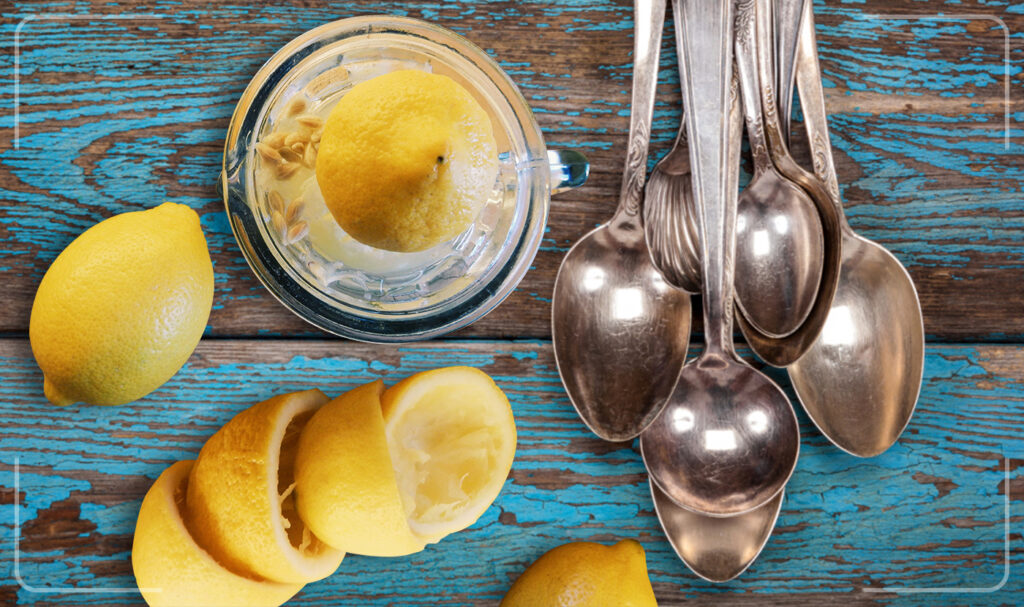
This is a simple and easy way to restore the shine to your silver. It is particularly useful for frequent cleaning of silver utensils. Take some hot water and pour it into a bowl. Squeeze the juice of a lemon into the bowl. Add three tablespoons of salt. Place the silver item you are cleaning into the water and let sit for five minutes. Remove it and clean by rubbing it with a soft cloth to remove tarnish. For best results use a white silver cleaning cloth. A regular cloth takes more effort and produces inferior results.
#2 – How to clean tarnished silver with toothpaste?

Use toothpaste to clean your sterling silver and your pearly whites! One of the best tips for how to clean silver items at home is to use toothpaste. A little dab (pea-sized) will do it. Simply take the toothpaste and rub onto the silver item using a circular motion to polish it and gently remove the tarnish. Leave the toothpaste on the silver for five minutes and then thoroughly rinse with water.
#3 – How to clean silver with baking soda and foil?

Better silver cleaning through chemistry with baking soda and aluminum foil. One of the best and most popular ways to clean silver is the combination of baking soda and aluminum foil. Boil some water, enough to reach the top of the bowl you will use. Line the bowl with the foil, placing it so the shiny side is up. Pour the water into the bowl and add 1 tablespoon of baking soda for each cup of water. The solution will bubble. Right way you should place the silver item in the bowl. Make sure it touches the foil so the chemical reaction will happen. Leave the item in the solution, 2-5 minutes will do for a minor or regular level of tarnish. Heavy tarnish might require up to 10 minutes. Remove the item and rinse it in cool water then clean with dry cloth.
#4 – See How to clean antique silver with hand sanitizer?

Hand sanitizer removes germs from hands and tarnish from silver. We are all heavily invested in hand sanitizer these days. The coronavirus pandemic means that everyone is stocking up on it. It turns out that this ubiquitous item is actually an easily available answer to the question of how to clean antique silver. You probably have a plenty of sanitizer at home, grab it and get cleaning. It is simple. Just place a few drops of sanitizer on a dry cloth and begin to buff the silver item. It is always a good idea to use a white silversmith’s cloth for optimal results.
#5 – How to shine sterling silver with vinegar?

Shine sterling silver with vinegar. Here is how to clean antique silver with the power of vinegar. This method combines vinegar, water, and baking soda. Start with a bowl of lukewarm water. Add a mixture of a ½ cup of white vinegar and 2 tablespoons of baking soda. Add your silver item to the bowl. Let it soak for two to three hours. Rinse with cold water and allow it to dry.
